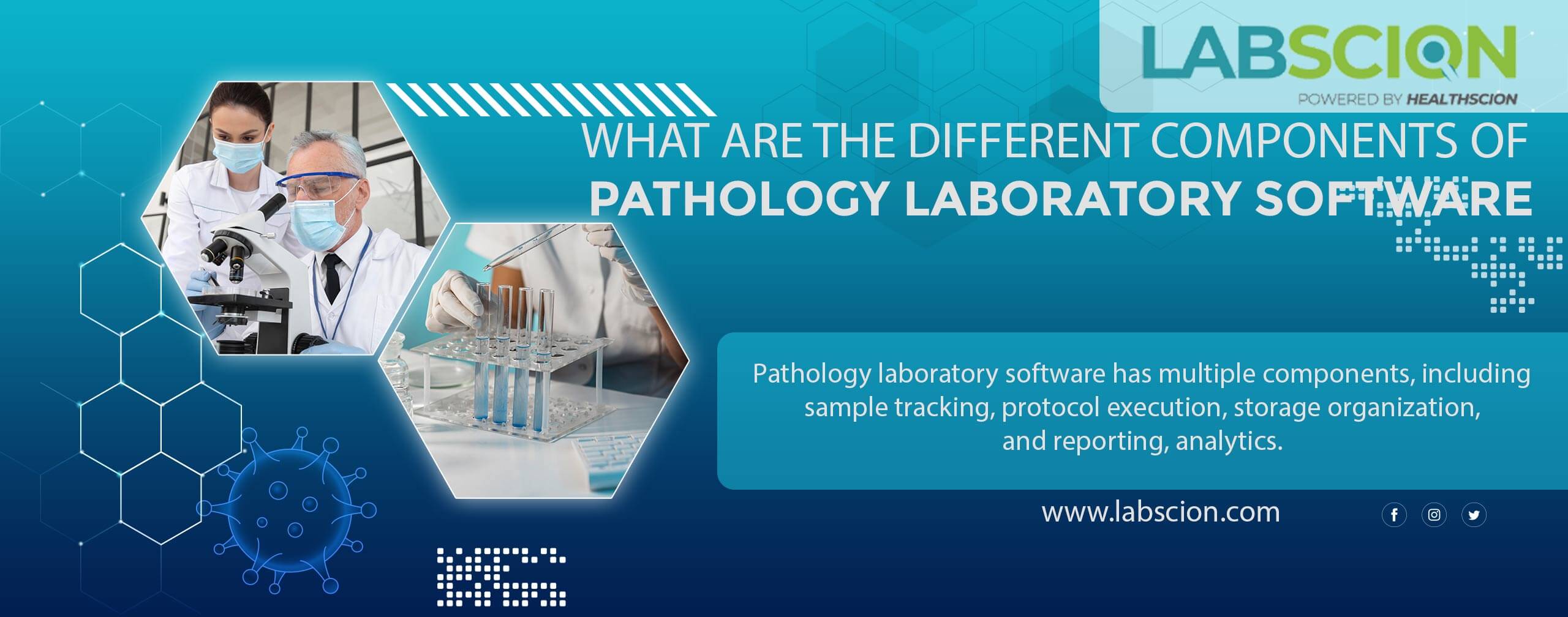
What are the
different components of pathology laboratory software?
A Laboratory Information Management System efficiently organizes and
distills extensive amounts of information, allowing for streamlined laboratory
operations and faster delivery of results. A Laboratory Management System
empowers researchers to enhance their productivity and accelerate scientific
discoveries by providing comprehensive data management capabilities.
Read on to learn about the core components of LIMS -
Sample Tracking with LIMS Software
Efficient sample tracking is a fundamental function of a Laboratory Information Management System (LIMS). The software ensures the meticulous recording of data associated with each sample, including its ID, source, collection date, and quantization information. As the sample progresses through the laboratory workflow, additional data, such as test results and derived sample data, is captured and stored in the LIMS.
Furthermore, the pathology laboratory software tracks sample interactions and locations throughout its lifecycle, allowing for identification within batches or pooled samples. This comprehensive sample tracking capability enables streamlined operations and facilitates accurate retrieval of valuable information in the LIMS system.
Protocol Execution with a LIMS
Another crucial aspect of a LaboratoryInformation Management System (LIMS) is its role in standardizing laboratory workflows and protocols. The software supports digitizing standard operating procedures (SOPs), ensuring consistent adherence to specific steps.
Pathology reporting software facilitates test assignments, automatically assigning the appropriate protocol to incoming samples. It also offers version control measures for protocols, providing visibility to authorized teams and streamlining the recording, approval, and distribution of lab test results through reports. This standardized protocol execution enhances accuracy and repeatability in laboratory processes.
Storage Organization with a LIMS
The effective organization and tracking of sample storage is a critical feature provided by a Laboratory Information Management System (LIMS). The online pathology lab management software maintains a hierarchical structure to keep track of sample locations throughout the laboratory lifecycle. It records the precise position of each sample within boxes, drawers, racks, shelves, freezers, and rooms. This storage hierarchy enables swift and efficient sample retrieval, particularly in busy laboratories. By providing clear visibility into sample locations, the LIMS helps research teams stay organized, productive, and efficient, ensuring samples can be easily located when needed.
Conclusion
Laboratory Information Management System (LIMS) software offers additional features that enhance the usability and value of the captured data. Reporting, analytics, and collaboration capabilities are provided to leverage the data effectively. By leveraging its reporting functionality, LIMS can produce comprehensive reports encompassing diverse aspects including sample throughput, protocol duration, and instrument uptime.
Additionally, customizable dashboards enable high-level trend analysis, allowing users to track the number of submissions over time, monitor lab staff utilization, and review sample status. These reporting, analytics, and collaboration tools empower users to derive meaningful insights and make informed decisions based on the data managed by the LIMS.

